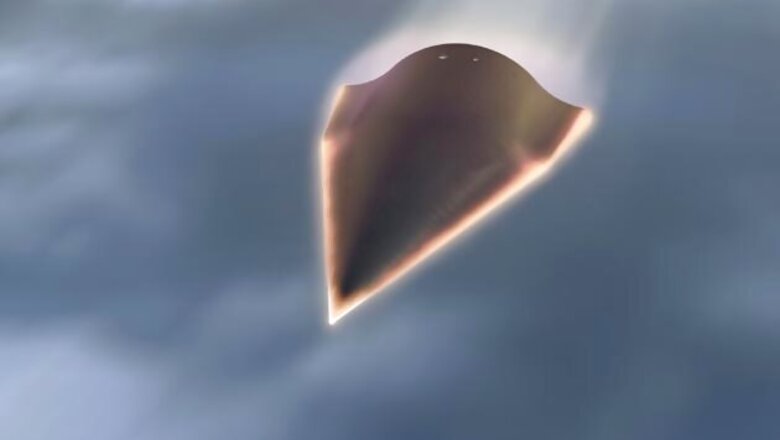
views
Washington: US is close to developing a hypersonic bomber able to reach any target on the globe in under an hour.
The US military hopes to fly such hypersonic planes capable of moving at 20 times the speed of sound by 2016, the NBC News reported quoting American officials working on the project.
The vehicle would be "recoverable", US government officials working on developing the full-scale rocket plane said.
The hypersonic bomber codenamed the X-Plane will travel at Mach 20 (roughly 20,900 kilometers per hour) and the project is being carried out by the Defence Advanced Research Projects Agency (DARPA), which has developed stealth aircrafts for US government for 30 years.
DARPA has conducted two test flights of prototype hypersonic aircraft in the past two years. In August last year, the Falcon Hypersonic Technology Vehicle 2 (HTV-2) reached Mach 20, but only remained airborne for nine minutes.
The HTV-2 was developed in conjunction with the advanced Conventional Prompt Global Strike weapons programme with the goal of creating a bomber able to reach any target on the globe in under an hour.
The US government has started a new programme called Integrated Hypersonics with an aim to develop ultra-fast fighters and the project is in response to the US military advantage being threatened by other nations' increasing abilities in stealth and counter-stealth warfare.
"We do not yet have a complete hypersonic system solution," said Gregory Hulcher, director of strategic warfare at the Office of the Under Secretary of Defense for Acquisition, Technology and Logistics, said in a statement.
"Programme like Integrated Hypersonics will leverage previous investments in this field and continue to reduce risk, inform development and advance capabilities."
The programme's research will focus on five key areas: thermal protection system and hot structures; aerodynamics; guidance, navigation and control (GNC); range/instrumentation; and propulsion.
Thermal protection is a crucial issue for hypersonic flight, which is defined as anything over Mach 5. A vehicle flying inside the atmosphere at Mach 20 would experience temperatures in excess of 1920 degrees Celsius - hot enough to melt steel. The project will also aim to improve design and manufacturing processes, in order to able faster production.



















Comments
0 comment